Potassium is a very important element for the mobility of a variety of elements, energy, and water. When it comes to transpiration (sweating) of the leaves to help them stay cool this is the most important nutritional element.
As a cation potassium will compete for uptake (osmosis) with other cations. Calcium, Magnesium, and Sodium are generally the cations that will skew the uptake of Potassium. Excesses of anions like sulfates, phosphates, and nitates, can cause precipitation of Potassium based salts. Balance is key.
During instances of high heat and high humidity the plant feels the same way you do, like you just cannot cool off, the water just doesn't do much evaporating and cooling. The plant works and works to push the water out and shapes itself that way to help stay cool. In very low humidity and high temperature the plant will be transpiring as quickly as possible because the water evaporates right off so fast that it's practically being pulled out (like growing in a dehydrator).
No matter how you carve it, high or low RH, it's always the heat that increases the need for transpiration and the need for Potassium. Add in a salinity issue and things can get bad fast.
In this case the slight yellowing of the leaves near the edges and the curl of the leaf it would appear there is most definitely a potassium issue, in addition there may be a too high N too low P problem going on.
My suggestion here is to cut way back on the Cal-Mag Plus or other calcium nitrate based supplement if you've been using it. With the next 2 or 3 feedings you'll want to get a good 1:1 runoff ratio (4 gallons in, 2 gallons out) to ensure that build up is not a contributing factor.
In addition, with these feedings you'll want to do a little tweaking of the npk ca/mg profile. My suggestion is to use a kelp extract or other "stress reduction" kind of B-vitamin/auxin/cytokinin supplement. Things with Yucca, kelp, and fulvic acid will help your plant rebound from the stress. These supplements are usually naturally high in Potassium and I'd be using something like Liquid Karma and MaxiCrop/Nitrozyme/Seaplex/BioWeed at full strength. Do it with the first watering, then on the third watering. A few tablespoons of a higher pk composted fertilizer amended into the top soil is probably all the other "nutrient" fixing I would want to do. Keep it organic, you know?
Then, just keep your eye on the pH and top dress with a little dolomite every few weeks to keep your micro-buffer balanced. If all this curling is recent damage since they've been under the 1000w and the heat from it then once the light is backed off, and the plants rebound, and you move them outdoors... They'll be fine.
Don't do anything drastic. Just address the deep lush blue/green look to them (indicating the N

issue) and make sure to replace that potassium your plants have been burning through. Easy peasy.










 donpaul.p and Ricorico nailed it.
donpaul.p and Ricorico nailed it. Its shooting pistols out, but doesnt look as dense. This is probably what donpaul.p said where they are trying to get to cooler air instead of being dense. Ill post some pics in a bit.
Its shooting pistols out, but doesnt look as dense. This is probably what donpaul.p said where they are trying to get to cooler air instead of being dense. Ill post some pics in a bit.
 So I kinda guessed. Luckily I had a suspiscion so I only 1/2 watered so shes not too bad.
So I kinda guessed. Luckily I had a suspiscion so I only 1/2 watered so shes not too bad. 
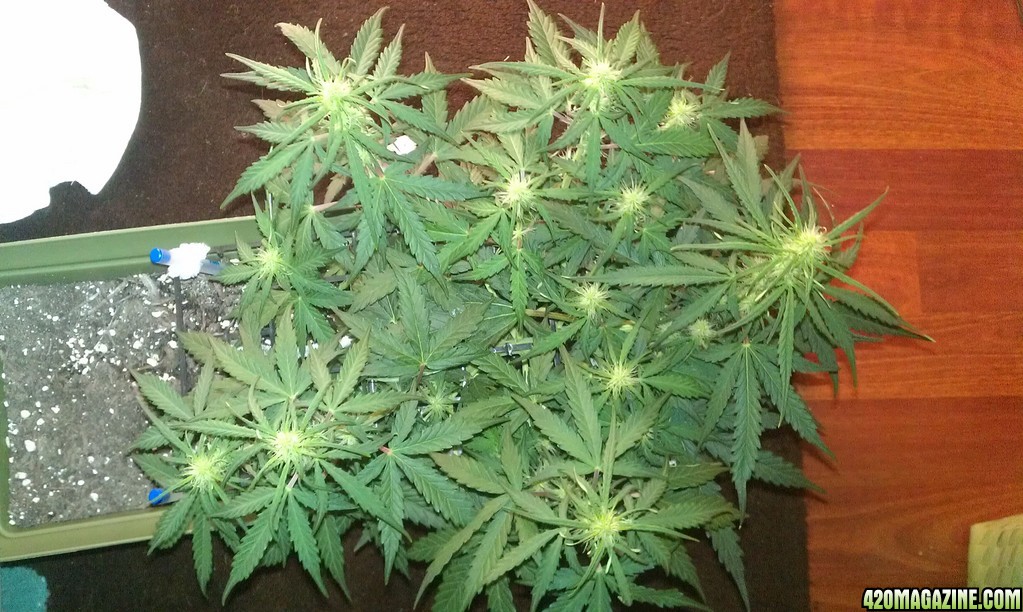
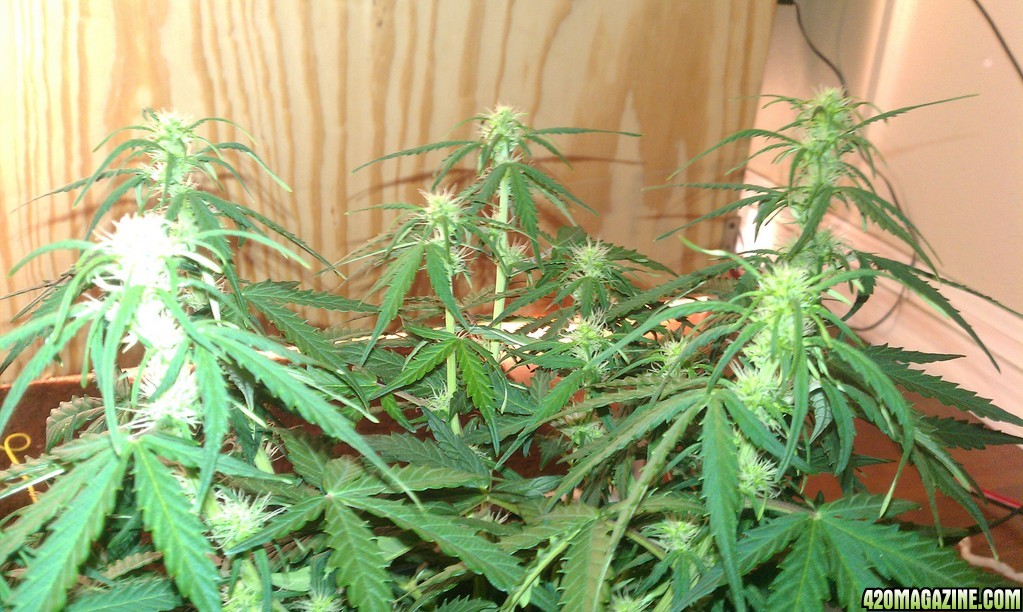








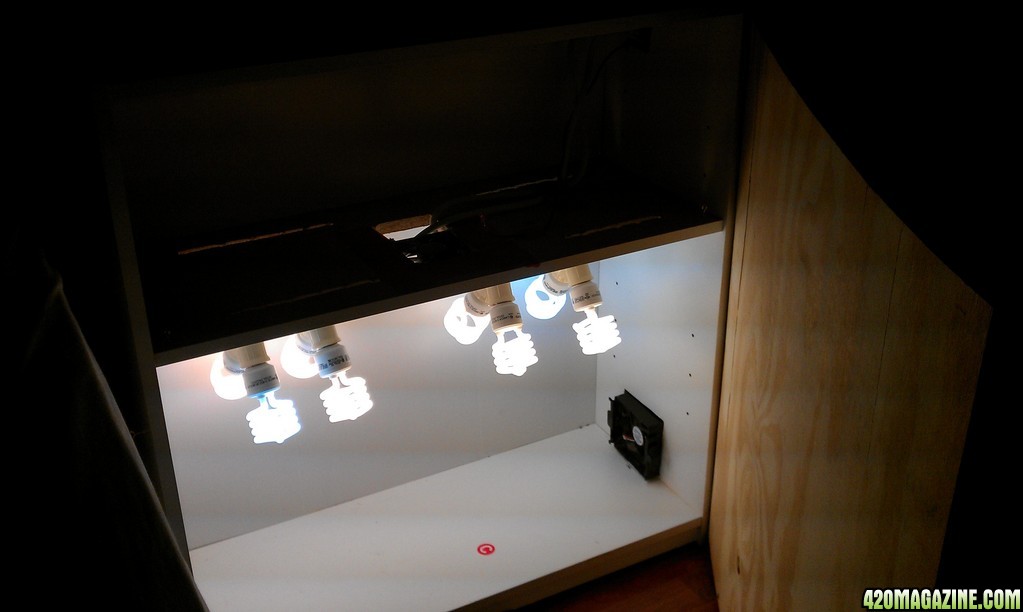
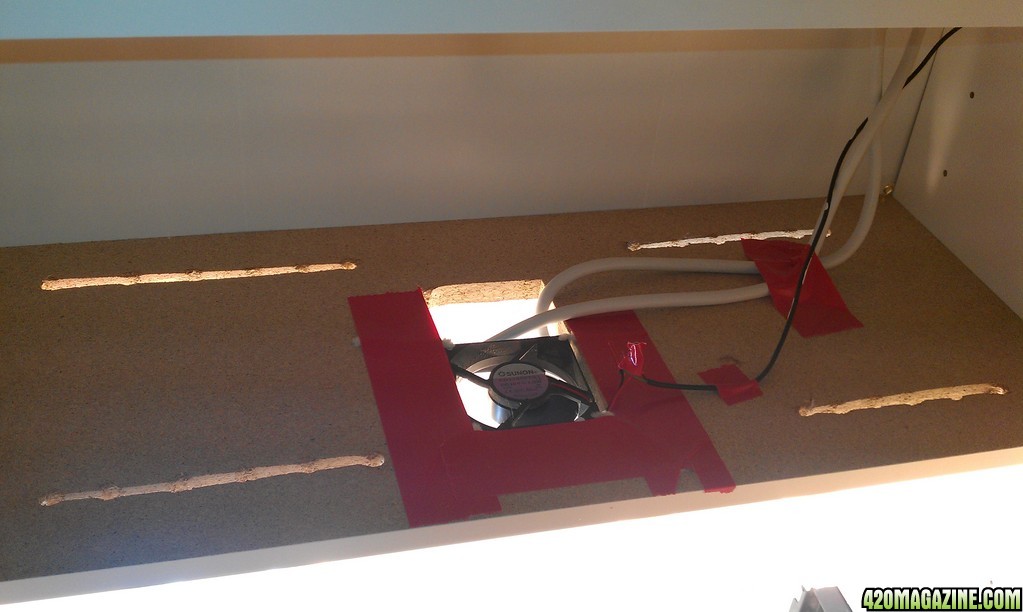
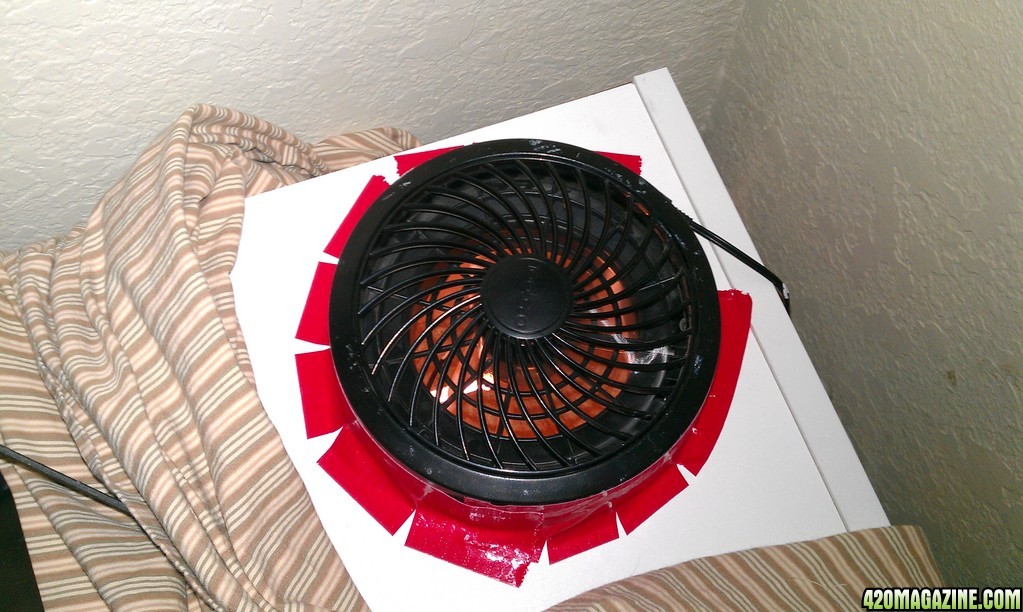
 issue) and make sure to replace that potassium your plants have been burning through. Easy peasy.
issue) and make sure to replace that potassium your plants have been burning through. Easy peasy.
